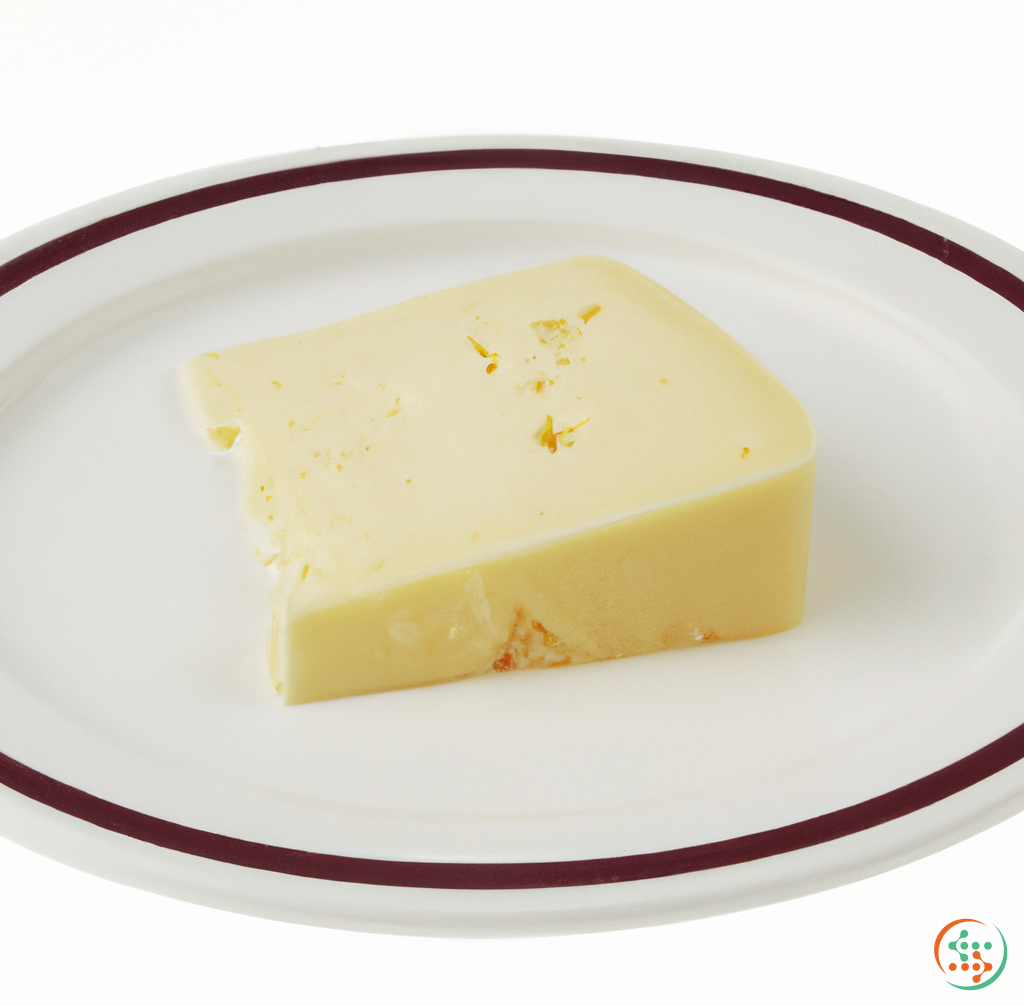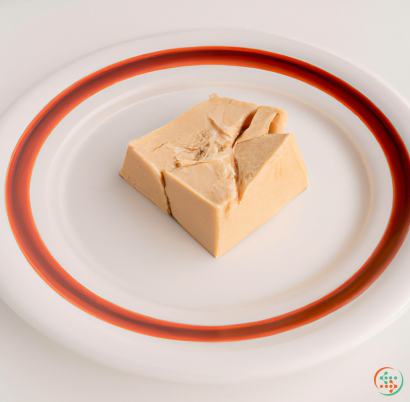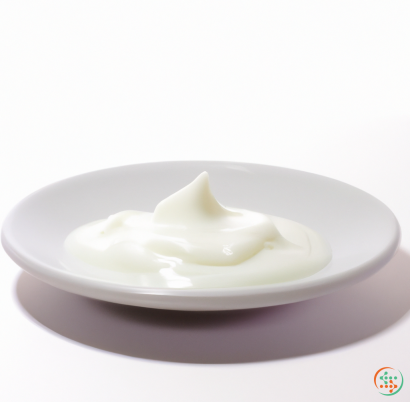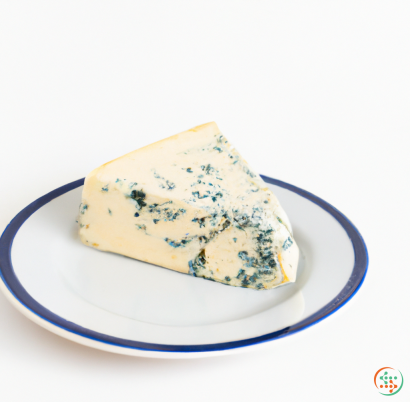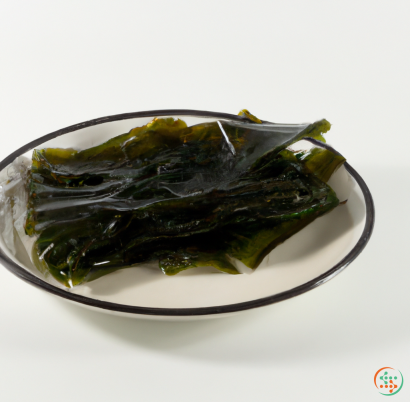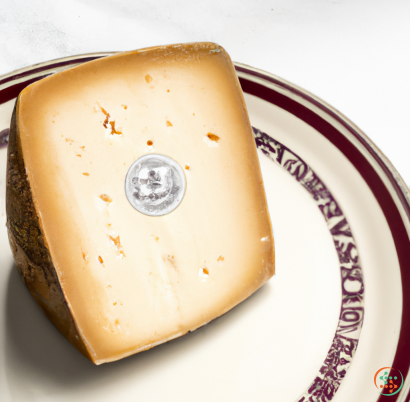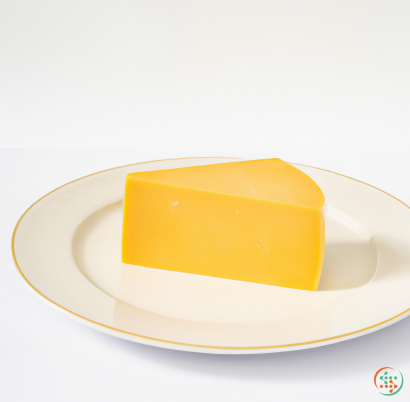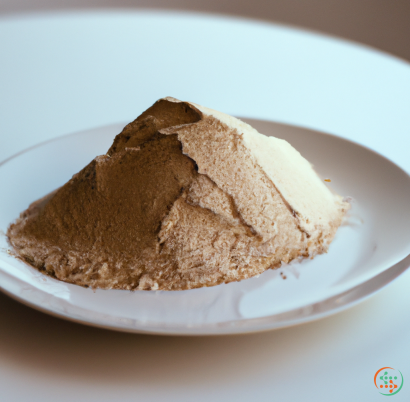Muenster Cheese
Muenster cheese – it’s a delicious staple in American cheese platters and sandwich trays, but just what is a Muenster cheese?
Muenster cheese is an American cheese made from cow's milk that is most commonly used for melting on top of dishes. It is a semi-soft, semi-thin cheese, with a buttery, creamy and slightly salty taste that some cheese lovers find delightfully distinct. Commonly used for burgers, pizzas and grilled sandwiches, Muenster is a favorite to have in the refrigerator.
In the United States, this cheese is often referred to as Munster, because when it became popular in the U.S., immigrants mispronounced its German name "Muenster". Its original name derives from the city of Munster, located in the Lorraine region of Alsace, France, where the cheese has been produced since the Middle Ages.
The cheese is sometimes made with unpasteurized milk, which adds flavor and character, making it tastier than other cheese varietals. Pasteurization destroys some of the natural enzymes and proteins that offer added flavor and smoothness. Additionally, the cheese often incorporates an orange dye, creating the distinct orange hue that many people expect when seeing a wedge of Muenster.
Muenster cheese is aged for approximately four to six weeks, depending on the recipe and style of production. During aging, a bacterial culture is usually added, giving the cheese its soft, yet firm texture. Then, as the cheese reaches its peak consistency, it is cut up into wedges and sold in markets.
The mild flavor of a Muenster makes it versatile for cooking and can be used in various recipes like bread stuffing, macaroni and cheese, quiche and casseroles. At the same time, it can also be sliced and served with crackers or as part of a cheese platter. It is also great for paninis, omelets and quesadillas, as it melts quickly and easily and adds a mild flavor to the dish.
Although Muenster cheese is fairly mild in flavor, it is still an excellent base to take on different flavors. For example, adding parsley, sage, rosemary and thyme will produce a delicious herb-infused Muenster. In addition, the orange hue created by the dye often makes it visually appealing when using it as a topping on dishes. Lastly, it’s ideal for grating on top of baked potatoes and adding flavor to soups and stews.
No matter how you choose to use it, Muenster cheese is sure to become a family favorite. Its mild taste and creamy texture make it a great addition to any cheese platters, meals or snacks. If you’re looking for a cheese that is easy to use, delectably smooth, and brings a hint of the French countryside to your refrigerator, then Muenster is definitely one to try. With its mild, semi-soft texture and a slight saltiness, it’s the perfect addition to virtually any recipe.
What Is Muenster Cheese?
Muenster cheese is a type of semi-soft cows' milk cheese named for the Alsace region in France, where it originated. The cheese is known for its unique, mild flavor and its creamy, buttery texture which makes it a popular choice for many dishes, including sandwiches, salads, and cheese boards. Muenster cheese can be found in many local groceries, delis, and farmer's markets, and is available in a variety of shapes, sizes, and aging processes.
Muenster cheese is made up of a number of distinct steps, including the milking process, pasteurization, curd formation, pressing, salting, aging, and packaging. In this blog post, we'll take a closer look at each step in the creation of Muenster cheese and how it travels to the dinner plate.
The Milk Process
The first step in the creation of Muenster cheese is the milking process. It starts with cows being hand-milked or mechanically milked at dairy farms. This milk is then transported to the facility where the cheese is made. The milk is then pasteurized and cooled before being pumped into the cheese vats.
Pasteurization
Pasteurization is the process of heating the milk to kill any potentially harmful bacteria. In the case of Muenster cheese, it is heated to a minimum temperature of 145F and held at that temperature for a predetermined amount of time. This process helps ensure the cheese has a long shelf life and is safe to consume.
Curd Formation
Once the milk is pasteurized, it is then combined with cultures and enzymes which cause the proteins in the milk to coagulate and thicken, forming curds. These curds are what will eventually become the cheese.
Pressing
Once the curds are formed, they are placed into molds and placed in a press. The pressure applied to the cheese will depend on the type of cheese being produced. In the case of Muenster cheese, the pressure is quite light. The pressure applied will determine the final texture of the cheese.
Salting
Once the cheese is pressed, it is removed from the molds and soaked in a salt brine for a predetermined amount of time. Salting the cheese helps to preserve it and also contributes to the flavor.
Aging
Once the cheese is salted, it is aged in a temperature-regulated environment. During this period, the cheese takes on its final flavors and texture. At this time, the cheese may also be smoked, depending on the variety being produced.
Packaging
Once the cheese has aged, it is then cut and packaged. Many types of Muenster cheese come in wheels, or large, round discs. The wheels are usually labeled with their country of origin and the date they were packaged.
How Muenster Cheese Travels to the Dinner Plate
Once the Muenster cheese has been cut and packaged, it is ready to be shipped to its destination. The cheese may be sent in temperature-controlled packaging to help ensure it stays fresh during its journey.
Once the cheese arrives at its destination, it will be stored in a temperature-controlled container until it is ready to be used. The cheese may be grated, sliced, shredded, or crumbled before being used in a dish.
Muenster cheese is a versatile cheese that can be used in a variety of dishes. It is often used in sandwiches, salads, macaroni and cheese, quesadillas, and cheese boards. It is also commonly used as a topping on pizza or hamburgers.
Conclusion
Muenster cheese is a semi-soft cows'd milk cheese that originated in the Alsace region in France. The cheese is known for its mild flavor and creamy texture and is used in a variety of dishes. The production of Muenster cheese involves a number of steps, including milking, pasteurization, curd formation, pressing, salting, aging, and packaging. Once the cheese is packaged, it is shipped in temperature-controlled containers to its destination. Once it arrives, it is then stored in a temperature-controlled container until it is ready to be used. Muenster cheese is commonly used in sandwiches, salads, macaroni and cheese, quesadillas, and cheese boards.
| Vitamin A | 0.298 mg | |
| Beta-Carotene | 0.013 mg | |
| Vitamin D | 0.6 ug | |
| Vitamin D3 | 0.6 ug | |
| Vitamin E | 0.26 mg | |
| Vitamin K | 0.0025 mg | |
| Vitamin B1 | 0.01 mg | |
| Vitamin B2 | 0.32 mg | |
| Vitamin B3 | 0.1 mg | |
| Vitamin B4 | 0.0154 grams | |
| Vitamin B5 | 0.19 mg | |
| Vitamin B6 | 0.06 mg | |
| Vitamin B9 | 0.012 mg | |
| Vitamin B12 | 0.00147 mg |
| Calcium | 0.717 grams |
Daily Value 1.3 g
|
| Iron | 0.41 mg |
Daily Value 0.018 g
|
| Magnesium | 0.027 grams |
Daily Value 0.4 g
|
| Phosphorus | 0.468 grams |
Daily Value 1.25 g
|
| Potassium | 0.134 grams |
Daily Value 4.7 g
|
| Sodium | 0.628 grams |
Daily Value 2.3 g
|
| Zinc | 0.00281 grams |
Daily Value 0.011 g
|
| Copper | 0.03 mg |
Daily Value 0.9 mg
|
| Manganese | 0.01 mg |
Daily Value 0.0023 g
|
| Selenium | 0.0145 mg |
Daily Value 0.055 mg
|
| Tryptophan | 0.327 grams | |
| Threonine | 0.888 grams | |
| Isoleucine | 1.145 grams | |
| Leucine | 2.26 grams | |
| Lysine | 2.139 grams | |
| Methionine | 0.569 grams | |
| Cystine | 0.132 grams | |
| Phenylalanine | 1.24 grams | |
| Tyrosine | 1.123 grams | |
| Valine | 1.482 grams | |
| Arginine | 0.881 grams | |
| Histidine | 0.829 grams | |
| Alanine | 0.675 grams | |
| Aspartic Acid | 1.6 grams | |
| Glutamic Acid | 5.555 grams | |
| Glycine | 0.44 grams | |
| Proline | 2.594 grams | |
| Serine | 1.299 grams |
| Total Sugars | 1.1 grams |
per 100g
|
| Caproic acid (6:0) | 0.24 grams |
|
| Caprylic acid (8:0) | 0.28 grams |
|
| Capric acid (10:0) | 0.59 grams |
|
| Lauric acid (12:0) | 0.37 grams |
|
| Myristic acid (14:0) | 3.07 grams |
|
| Palmitic acid (16:0) | 9.22 grams |
|
| Stearic acid (18:0) | 3.57 grams |
|
| Butyric acid (4:0) | 1.04 grams |
|
| Total Saturated fatty acids: | 18.38 g | |
| Oleic acid (18:1) | 7.34 grams |
|
| Palmitoleic acid (16:1) | 0.97 grams |
|
| Total Monounsaturated fatty acids: | 8.31 g | |
| Linolenic acid (18:3) | 0.23 grams |
|
| Linoleic acid (18:2) | 0.43 grams |
|
| Total Polyunsaturated fatty acids: | 0.66 g | |
| Cholesterol | 0.1 grams |
|
| Total Sterols: | 0.1 g | |
